Steemit Crypto Academy Season 5 Beginner's Course - Task 10: Candlestick Patterns.

Cryptocurrency investment is a very risky investment. A beginner into cryptocurrency can’t jump into cryptocurrency investment without having the necessary knowledge to make a good investment decision. In this lesson, we will introduce the Japanese candlestick chart, the anatomy of candlesticks, and also the psychology behind the formation of candlestick patterns on the chart.
Candlesticks are the basics of technical analysis and this lesson is aimed at giving us background knowledge into carrying out effective technical analysis.

The Japanese Candlestick Chart

The Japanese candlestick chart is one the most used chart in the financial market for technical analysis. The Japanese candlestick chart is the graphical representation of the price of an asset. The candlestick is formed from the interaction between the buyers and sellers on a particular asset.
The Japanese candlestick is an ancient system developed in Japan in the 1700s by a Rice trader Munehisa Homma, characterized by his understanding of supply and demand was determined to study the price rotation and how the market reacts to it, which he succeeded and developed the foundation candlestick.
The candlestick chart and its patterns convey meaning to traders, showing significant price points records and hinting at the future movement of price. Candlestick chart plays an important role in carrying out good technical analysis.
The candlestick chart is very useful in cryptocurrency trading, it helps to indicate the sentiments between buyers and sellers and also who is in control of price.

Candlestick Anatomy

Candlestick tries to graphically illustrate the interaction between buyers and sellers in the market, showing various price points during the interaction. Typically, a candlestick is made of four parts: open, high, close, and low, each representing a specific point in price movement.
Open (Opening price) -This indicates the start of price movement. The price is marked and built upon as the movement of price is recorded within a specified time.
High (Highest price) -This part of the candlestick indicates the highest price recorded within a specified time.
Low (Lowest price) -This part of the candlestick shows the lowest price recorded within a specified time.
Close (closing price) -This part of the candle indicates the last price recorded in a candle. It marks the end of the candle within a specified time.
The other parts of the candlestick are the shadow and real body, the shadow illustrates the unsettled movement of price, areas that price moved through but couldn't close. In other words, the struggle between buyers and sellers.
The real body of a candle indicates the distance covered by price within a specified period. It is the space between the opening price and closing price, this also indicates the momentum of the candlestick. The bodies of a candlestick are often associated with color for easy identification. Traders can choose how to set up their charts with colors and tools based on their specifications and trading systems.

Candlestick Patterns

Candlestick patterns are one of the powerful tools a trader looks out for and understanding how to read them can help a trader make good trading decisions. These patterns occur regularly in the chart and the psychology behind them all boil down to the demand and supply of assets.
Understanding how to read candlestick patterns gives accurate information on market behavior. These patterns can signify configuration or reversal in the price of an asset.

Engulfing Candlestick Patterns
The engulfing pattern is one of the important candlesticks that every trader looks out for. The engulfing pattern is made up of two candle bodies with the second candle covering the previous candle body completely. This can be a bullish engulfing candle or a bearish engulfing candle.
When the engulfing candlestick pattern occurs in an uptrend, it signals a reversal in the uptrend. Also, engulfing pattern shows that buyers are no longer in control of price. Sellers have taken control of price and we usually see price reverse in the opposite direction.
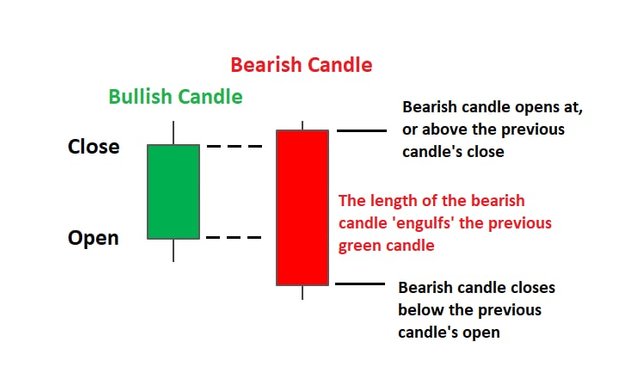
From the anatomy of the candlestick we discussed above, the bearish engulfing candle has a close below the open of the previous candle. This is how the bearish engulfing candle looks like in the chart.

From the chart above, we can notice how price reversed in the opposite direction after the formation of a bearish engulfing pattern. This shows that sellers have taken control of price.
Similarly, when an engulfing candlestick pattern occurs in a downtrend, it clearly shows that buyers have taken control of price and when this happens, we usually see price reverse in the opposite direction.
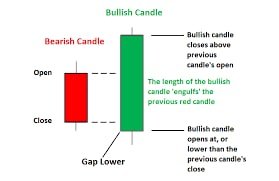
From the anatomy of the candlestick we discussed above, the bullish engulfing candle has a close above the open of the previous candle. This is how the bullish engulfing candle looks like on the chart.

From the chart above, we can notice how price reversed in the opposite direction after the formation of a bullish engulfing pattern. This shows that buyers have taken control of price.

Doji Candlestick Pattern
This is another important candlestick pattern traders look out for on the chart. The Doji candle signifies indecision in the market. The Doji candlestick pattern shows that price opened and closed at the same price. What this means is that both buyers and sellers are not in control of the price. Unlike the engulfing candlestick pattern here it is very easy to determine who is in control of price.
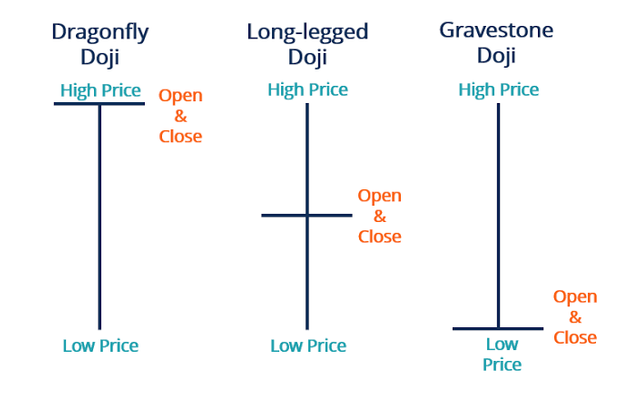
The dragonfly Doji is a bullish reversal pattern and when occurred in a downtrend, it signals a reversal in price. Similarly, the Gravestone Doji is a bearish reversal candlestick pattern that signals a reversal in price when it occurs in an uptrend.
The Doji candles simply indicate that buyers are unable to push price higher and sellers are also unable to push lower, this bringing price back to the opening price. Let's take a look at the Doji candlesticks on the chart.

The best advice to trade Doji candles is to wait for the next candle to form. Similarly, these candles show that the current trend is losing its strength and a possible reversal can happen. But as a trader, when this candles form, you can't tell if the price is going up or down. So the best measure to take is to wait for the next candle to form before taking a decision.

Hammer Candlestick Pattern
The hammer candlestick pattern is very important especially when it appears at support and resistance levels. The anatomy of a hammer shows that the closing of the candlestick and the opening price is almost at the same price. This candlestick has a long wick which shows strong price rejection from the buyers.
From the image above, we can see a long tail formed which shows that at the beginning of this candle, sellers pushed price down. But after some time, buyers came in and took control of price by closing above the open of the candle. This is a strong reversal pattern when they appear in a trending market especially at a support level. Example of the hammer on the chart.

We also have the inverted hammer which is a bearish pattern of the hammer. The inverted hammer has its low, open, and close at almost the price. When the inverted hammer occurs in an uptrend, it usually signals a reversal to the downside. What this means is that, when the candle opened, buyers were in control of price and pushed price to the upside. After some time, sellers came in to take control and push price downward forming a long candlewick.
The inverted hammer is a strong reversal signal especially when it appears at a resistance level. Traders can use this to either take profits off the market or look for a potential sell position. Example of inverted hammer on the chart.
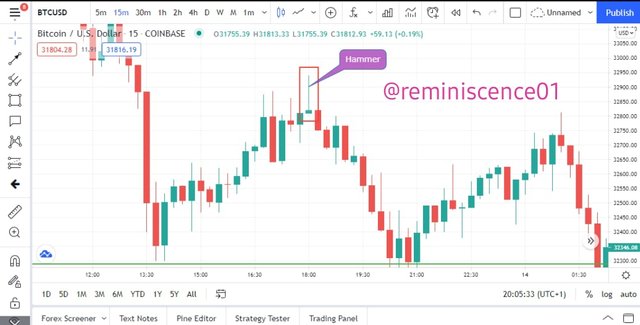

The morning Star
The morning star is a strong bullish reversal candlestick pattern. This candlestick pattern is made up of three candlesticks.
- The first candlestick is a strong bearish candle which indicates that sellers are in control of price.
- The second candlestick is a small Doji candle which shows weakness and the inability of sellers to push price down further. When this happens, it shows that the trend is weak and a possible reversal is about to happen.
- The third candle is a bullish candle engulfing the second candle. This candle shows that buyers have taken control of the market to push price up.
The psychology behind the morning star is that sellers were in control of price until buyers came in and take over the market from the sellers. The formation of the morning star in a downtrend is a strong bullish reversal candlestick and the signal is stronger if it is formed at a support area. Example of the morning star on the chart.

The Evening Star
The evening star is the opposite of the morning star. This candlestick pattern is a strong bearish reversal pattern also made up of 3 candles just like the morning star.
- The first candle is a bullish candle which shows that buyers are in control of price.
- The second candle is a small Doji candle which shows the weakness of the buyers and the inability of the buyers to push price further up.
- The third candle is a long bearish candle engulfing the previous Doji candle. This third candle shows that sellers have taken over control of price from the buyers and this is followed by major selling pressure.
The psychology behind the evening star is that buyers were in control of price until sellers took over control from the buyers. The evening star is a strong bearish reversal pattern especially when it is formed at a resistance level. Example of an evening star on the chart.


The Harami Candlestick Pattern
The Harami candlestick pattern is another reversal candlestick pattern or a continuation pattern that gives traders a signal that price is about to reverse or continue to its original direction. The Harami candlestick pattern is made up of two candles. The first candle is a large body candle followed by a small body candle which is showing indecision between buyers and sellers.
This always occurs after a bullish or bearish rally, then price consolidates for a while as buyers and sellers struggle over control of price. This gives rise to the formation of the small indecisive candlestick of the Harami pattern.
Traders look out for the Harami candlestick pattern at the top or bottom of a trend for price reversal. The bullish harami is a strong bullish reversal especially when it is formed a major support area. Similarly, the bearish harami is a strong bearish reversal candlestick pattern especially when it occurs at a major resistance level. Example of the Harami candlestick pattern on the chart. The Harami candlestick pattern can also serve as a continuation when it appears in the middle of a trend.


Trading Candlestick Patterns

Now we have learned about the Japanese candlestick and its anatomy, also the different patterns of the candlestick and the psychology behinds its formation. Bear in mind that these candlesticks are not a trading strategy on their own. Seeing this pattern anywhere on the chart doesn't mean you should take a buy or sell trade. These patterns work best with other technical analysis tools a trader has designed for his trading style.
For example, a trader who uses the RSI indicator will make a quick trading decision when a hammer is formed at an oversold region. This trader cannot just open a position anywhere the hammer is formed. Rather he will be expecting these candlestick patterns in very important areas in the market.
So here are few things you need to consider before making any trading decision with candlestick patterns:
Where is this pattern formed:
Just like we discussed previously before you make a trading decision using candlestick patterns, you need to make sure it is in line with other technical tools in your trading style. This can be support and resistance areas, RSI overbought and oversold regions, trendlines, moving averages, break retest break strategy, etc. These candlesticks patterns give you a confirmation that price is about to reverse or continue in its original trend.
The size of the candles:
Large body candles signify high volume and strong buying or selling pressure in price. The size of the candle plays an important role in determining how strong the buyers or sellers are controlling the price. You might not want to take any trading decision when the candle bodies are small relative to the previous candle. For a small bullish candlestick, this tells you that there is no much volume in the market and buyers are struggling to take control of price.
The Candlestick anatomy:
Here, a trader look at the opening price, the closing price, the high and the low of the current candlestick relative to the previous candlesticks. Similarly, the trader also look at the candlestick wicks to determine how well price closed after reaching a certain high or low. Furthermore, the candlestick body also tells the trader the distance between the opening price and the closing price of the candlestick. A trader considers all this candlestick anatomy to determine the strength of price and also who is in control of price.

Conclusion

Cryptocurrency investment is simple but not easy. An investor needs to acquire all the necessary knowledge needed to make a good trading decision. In this lesson, we have discussed the Japanese candlestick chart and the candlestick patterns. The candlestick chart is the basic feature of technical analysis every beginner should understand before transitioning into cryptocurrency investments.
Thank you for being part of this lesson.
Best regards,
@reminiscence01

Homework Tasks

You are required to answer only but one question in this section.
1a) Explain the Japanese candlestick chart? (Original screenshot required).
b) In your own words, explain why the Japanese Candlestick chart is the most used in the financial market.
c) Describe a bullish and a bearish candle. Also, explain its anatomy. (Original screenshot required)
2 a) In your own words, explain the candlestick patterns and their importance in carrying out effective technical analysis.
b) In your own words, explain the psychology behind the formation of the following candlestick patterns.
- Bullish engulfing Candlestick pattern
- Doji Candlestick pattern
- The Hammer candlestick pattern
- The morning and evening Star candlestick pattern.
- The Harami Candlestick pattern.
3 a) Identify these candlestick patterns listed in question 2b on any cryptocurrency pair chart and explain how price reacted after the formation. (Original Screenshot of your chart required for this exercise).
b) Explain the measures taking by the trader before trading candlestick patterns.
c) Using a demo account, open a position (buy or sell) on two crypto assets using any candlestick pattern and explain your reason for taking the trade. You can perform this operation using lower timeframes. (Show screenshots of your position and also your chart.

Homework Guidelines

(1) Your article should be at least 300 words.
(2) This homework task does not have an expiry, however, you can submit your assignment only once.
(3) Eligibility Criteria--
- Must have a reputation of 50 or above.
- Must have at least 150 SP (excluding any SP delegated-in, Delegating to vote buying services is viewed negatively).
- Must have completed Achievement Task-4 in Newcomers' Community.
(4) Add tag #academys5-intro10 #cryptoacademy in your post and should be among the first five tags. And also make sure you post in the Steemit Crypto Academy community.
(5) You can attempt any one out of the three questions, but you must write the entire Question in Bold letter at the beginning of the post.
(6) Your homework title should be [Your Title] - Steemit Crypto Academy Season 5 - Homework Post for Task 10
The comment section is freely opened for suggestions and feedback on the lesson and homework task.

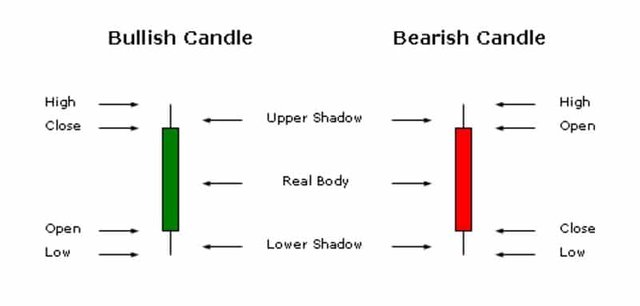
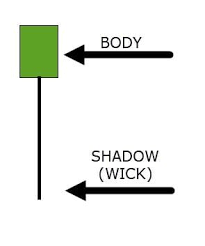
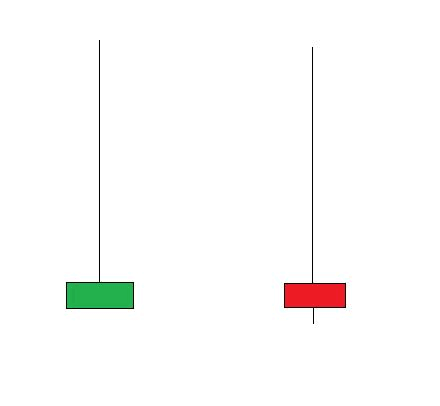
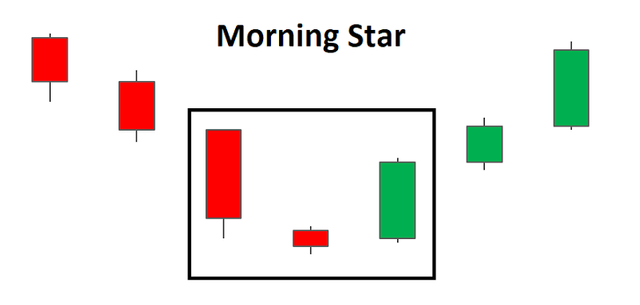
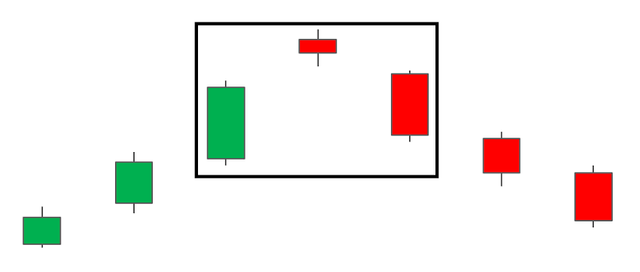
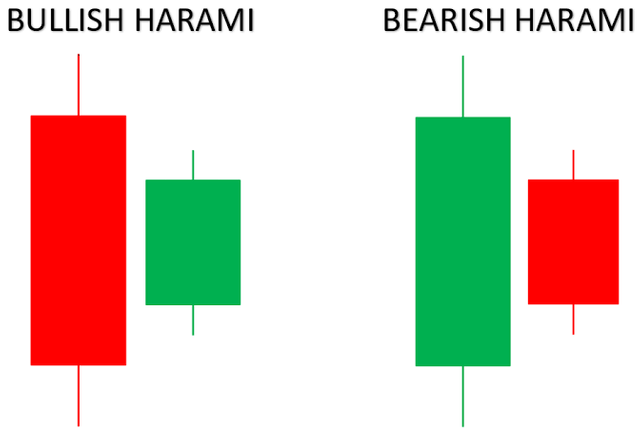
Hello professor @reminiscence01
Here is my homework post
https://steemit.com/hive-108451/@jollybake/steemit-crypto-academy-season-4-beginner-s-course-task-10-candlestick-patterns-by-professor-reminiscence01-by-jollybake
Thanks prof. For the wonderful teaching, below is the link to my assignment:
https://steemit.com/hive-108451/@ezege11/steemit-crypto-academy-season-4-beginers-course-homework-post-for-task-10-candlestick-patterns
Here's my homework for this course.
https://steemit.com/hive-108451/@jaspichman125/season-4-beginner-s-course-task-10-candlestick-patterns-or-or-by-jaspichman125
@reminiscence01
@dilchamo
Buenas Profesor @reminiscence01 disculpe me puede ayudar?
Mi tarea 2 no ha sido corregida aún y hoy se cumple los 7 días.
https://steemit.com/hive-108451/@andersonhm/crypto-academy-season-3-beginners-course-task-2-blockchain-decentralization-block-explorer
Alright. Sorry for the late review.
Gracias profesor pero que hago si el curador no lo vota?
Thank you Prof. @reminiscence01 for the teaching. You did a very great job in the season 3 as all your courses were very educative.
Now, I have a question. I have done all the fixed courses in season 3. Can I still repeat these courses in season 4?
Though, I noticed this course you taught is not among the fixed courses in season 3. Also, can I do this particular course you just taught?
Please exercise patience. An official announcement of the season 4 will be released soon by the team.
Thank you.
Okay. Thank you, Prof.
Hello professor @reminiscence01,
I have already done all beginner's course in season 03. Can I do this?
Yes you can.
Ok. Thank you.
Congratulations! Your post has been selected as a daily Steemit truffle! It is listed on rank 18 of all contributions awarded today. You can find the TOP DAILY TRUFFLE PICKS HERE.
I upvoted your contribution because to my mind your post is at least 8 SBD worth and should receive 36 votes. It's now up to the lovely Steemit community to make this come true.
I am
TrufflePig, an Artificial Intelligence Bot that helps minnows and content curators using Machine Learning. If you are curious how I select content, you can find an explanation here!Have a nice day and sincerely yours,

TrufflePigHi @reminiscence01 my homework post
https://steemit.com/hive-108451/@viviandaniella/steemit-crypto-academy-season-4-beginners-course-task10-candlestick-patterns
Hello prof, here is my homework task. Thanks for the lecture.
Sorry professor disturb your time, i just want tell you about my post has been 4 day old but still not reviewed
https://steemit.com/hive-108451/@agus-kamil/crypto-academy-season-3-beginners-course-task-2-blockchain-decentralization-block-explorer